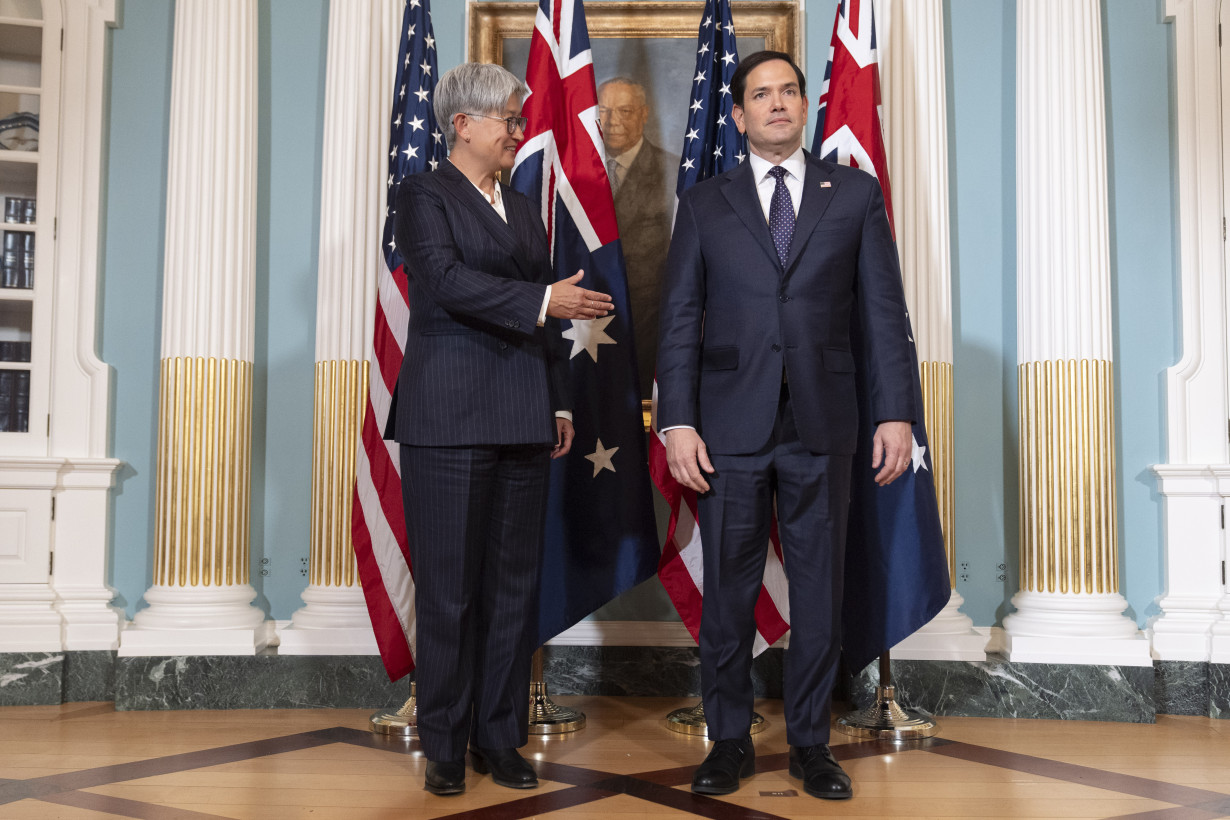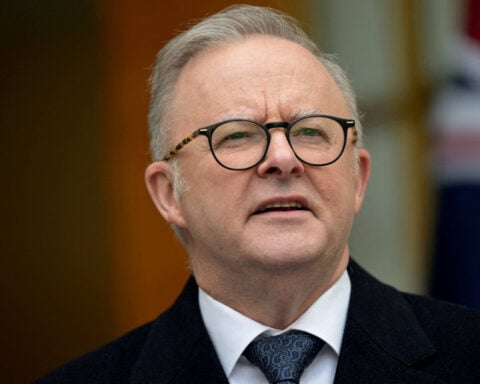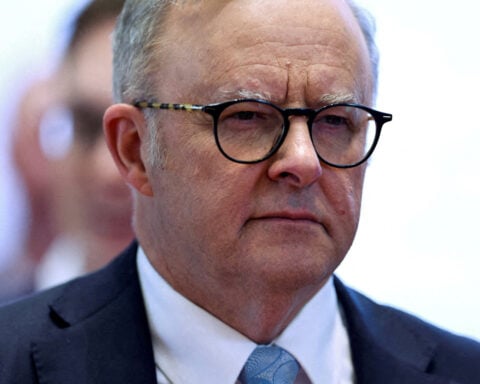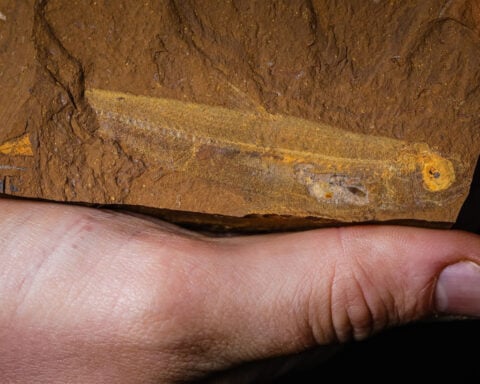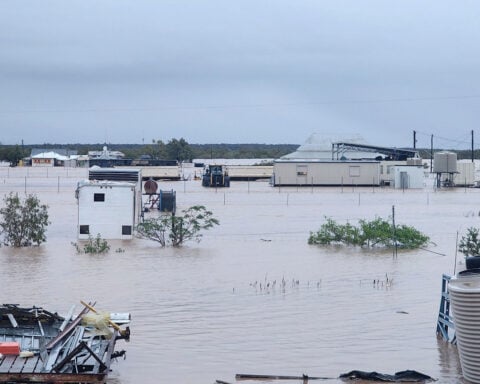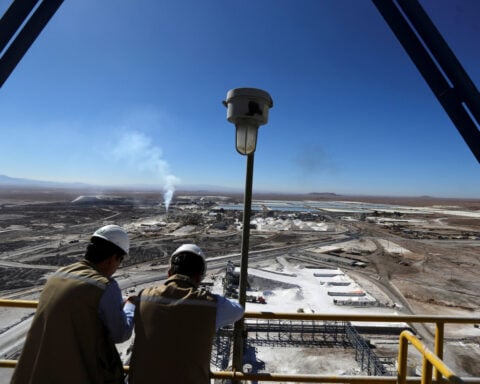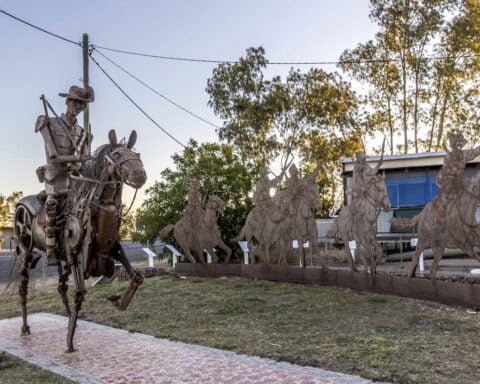MELBOURNE, Australia (AP) — Australia plans to spend a larger share of its foreign aid on its neighbors in Asia and the Pacific islands after the United States announced major cuts to development and humanitarian aid abroad.
Three-quarters of Australia’s total overseas development aid will directly benefit the Indo-Pacific region, which is a 40-year high proportion, according to documents seen by The Associated Press on Wednesday.
Total aid for the fiscal year beginning July 1 is set to increase by only 136 million Australian dollars ($86 million) above the current year’s spending to AU$5.097 billion ($3.22 billion).
Neither Foreign Minister Penny Wong nor Minister for International Development and the Pacific Pat Conroy mentioned Washington's foreshadowed cuts in explaining Australia’s change in focus.
“Australia’s development program is central to ensuring the stability and security of our region,” Wong said in a statement.
“In these uncertain times, we are ensuring more of Australia’s development assistance is going to the Pacific and Southeast Asia, where Australia’s interests are most at stake,” she added.
Conroy said Australia remained committed to multilateral aid channels despite Australia’s shift toward direct bilateral aid deals.
Australia will suspend or delay AU$119 million ($75 million) in payments to the multinational U.N. Development Program, the Global Partnership for Education and the Global Fund to Fight HIV, Malaria and TB.
“Flexibility is needed in this year’s budget to protect our region’s stability and prosperity — and reinforce Australia’s role as a trusted and reliable partner for our neighbors,” Conroy said.
The Trump administration said last month it was eliminating more than 90% of the U.S. Agency for International Development’s foreign aid contracts and $60 billion in overall U.S. assistance around the world, putting numbers on its plans to eliminate the majority of U.S. development and humanitarian help abroad.
Riley Duke, a researcher with the Lowy Institute, a Sydney-based international policy think tank, described Australia’s aid budget as a response to expected reductions in U.S. and European aid spending in the Pacific.
“Australia has cut and delayed payments to multilateral organizations to give it room to respond to potential vacuums left by the rapid U.S. cuts,” Duke said.
“Australia’s budget is becoming hyper-focused on its neighbors and the share of our aid budget that’s allocated to the Pacific is amongst the highest it’s ever been,” he added.
Direct funding to Pacific island nations was at least 40% of the total Australian aid budget, he said.
The foreign aid planning is part of a wider national economic blueprint for the next fiscal year that the government introduced to the Parliament late Tuesday.
Duke said the shift in spending priorities indicated the government felt it needed to play a bigger role in the Pacific to secure the outcomes that Australia wants.
“The Trump administration has directly said that HIV and family planning are the kinds of things that they don’t want to be engaged with and it looks like Australia in preparing to plug those gaps,” Duke said.

 Trump has begun another trade war. Here's a timeline of how we got here
Trump has begun another trade war. Here's a timeline of how we got here
 Canada's leader laments lost friendship with US in town that sheltered stranded Americans after 9/11
Canada's leader laments lost friendship with US in town that sheltered stranded Americans after 9/11
 Chinese EV giant BYD's fourth-quarter profit leaps 73%
Chinese EV giant BYD's fourth-quarter profit leaps 73%
 You're an American in another land? Prepare to talk about the why and how of Trump 2.0
You're an American in another land? Prepare to talk about the why and how of Trump 2.0
 Chalk talk: Star power, top teams and No. 5 seeds headline the women's March Madness Sweet 16
Chalk talk: Star power, top teams and No. 5 seeds headline the women's March Madness Sweet 16
 Purdue returns to Sweet 16 with 76-62 win over McNeese in March Madness
Purdue returns to Sweet 16 with 76-62 win over McNeese in March Madness
